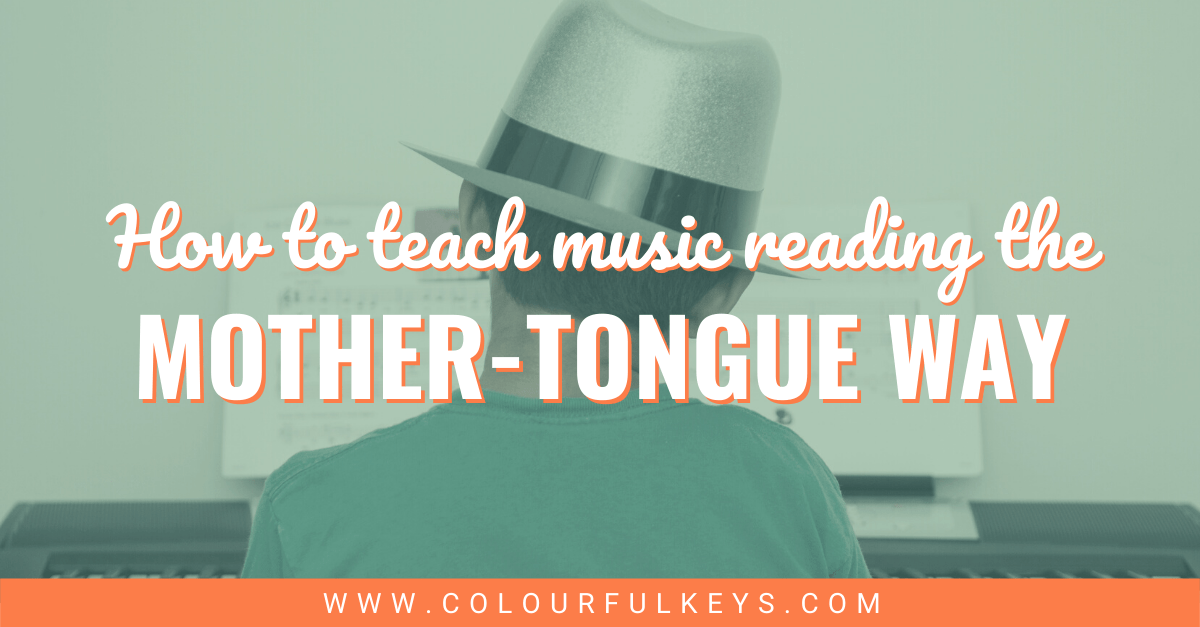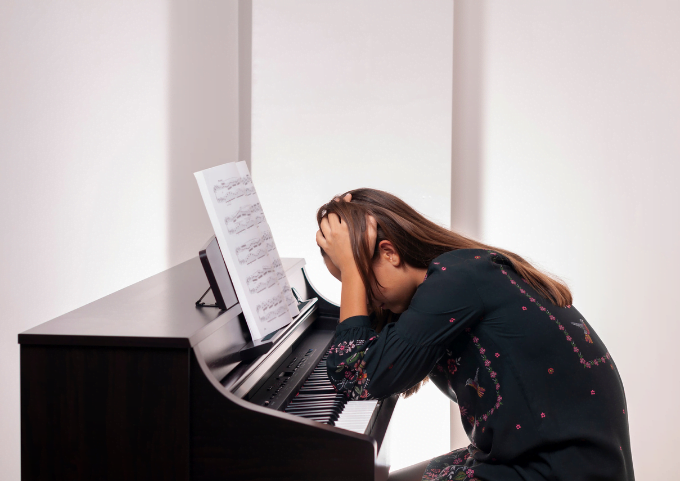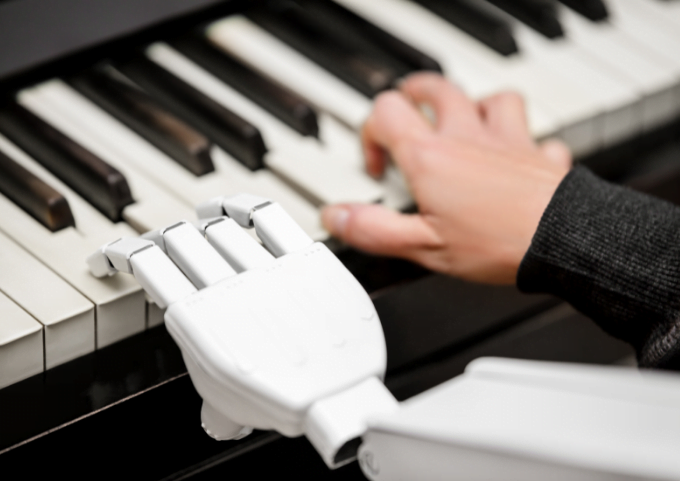
This article about using the mother-tongue method to teach music reading was written by Yi Lin Tan. Yi Lin is a parent to three young children and creator of Parents Can Coach. Parents Can Coach was born out of nine years (and counting!) of journeying through early childhood and music education with her daughters. A community resource and platform, Parents Can Coach is where Yi Lin brings richness gained from personal lessons and insights for parents who want to create a nurturing environment for their child to grow through music.
Does your child or student find it a bane to read music? Do you have a slow reader on hand? There’s a different way to look at learning to read music, and it doesn’t start with knowing their ABCs.

Let me start by saying that I am not a music teacher!
I am bringing my perspective as a parent who’s deeply involved in my children’s piano practice, where I have learnt that there are many paths to reading music.
I took piano lessons growing up and learnt to read music the traditional way. I was introduced to written music one note at a time, where each note had either a solfege or letter name.
I was taught to:
- See the notes
- Name the notes
- Play the notes
Despite learning to play music by sight from the get go, I didn’t perform well on sight reading tasks. Examiners commented that my playing sounded mechanical and uninteresting.
Speaking Before Reading and Writing
When my first child turned a year and a half, we signed up for an early childhood music education program.
The program was guided by a teaching philosophy where children learnt reading the mother-tongue way. Modelled after how babies speak before reading and writing, the mother-tongue method has children learn music by:
- Listening to music
- Playing music on an instrument
- Reading and writing notation
It was completely different from how I learnt music.
But as my children progressed through their pieces, I started to wonder if we had a problem.
They could play pieces by the likes of Bach, Mozart, Handel and Schuman by rote, but were barely able to read music scores for simpler tunes like ‘Mary Had a Little Lamb’.

Our music teacher assured me that by gradually introducing note-reading concepts like landmark notes and intervals, my children would develop their ability to read music – similar to how a 5-year-old child is able to converse fluently with their parents, while still in the early stage of learning to read and write.
And did it work out?? 🤔
We Are More Than Our Sight
Around this time, my children started attending a kindergarten school with a Montessori curriculum.
The Montessori introduced language reading in a sequence which matched the natural learning experience of children:
- Feel: tracing sandpaper cut-outs of letters in the alphabet
- Listen: hearing the phonetic sound to each letter
- Verbalise: saying the phonetic sound to each letter
- See: observing letters and sounds come together to make words
I realised that there was more than one way to teach reading to a child – be it a language or music. It wasn’t necessarily words or notes at first sight.
The Three S’s to Reading Music
Combining insights from the mother-tongue and Montessori approaches to early childhood education, I’d like to offer you a different take on teaching students to sight read music.
Sensation
Children are born with a natural ability and tendency to move. Their desire to touch and receive touch is strong.
Satisfying their sense of touch by physically interacting with their world reinforces learning.
In early childhood music lessons, children are exposed to dynamic range by forming big and small shapes with their bodies. They respond to changes in rhythm by moving in different ways.
Sound
Interacting physically with their instrument connects the sensation they feel when plucking a string or pressing a key to the sound they hear.
The teacher may show a student how gently bouncing their hand on the piano key with a slight up-and-forward wrist motion produces a crisp sound.
When the child recognises this specific quality of a crisp sound, their teacher introduces the term staccato and shows them how it is written as a dot over or under a note.
Shape
Being able to visualise the shape of music allows a child to see the music as its parts and as a whole.
Recognising the movement of musical notation – up or down a scale, in skips or in steps, away or towards a landmark note – will help a child to decipher what notes to play.
Reading the shape of the music injects flow, feeling and expression into playing. And takes a student beyond the basics of mechanically reading a piece note-by-note.
You can explore more ideas about teaching music reading on Nicola’s centralised hub page devoted entirely to Planning Lessons.
Reading Music Goes Beyond Knowing A-to-G
Robots and computer software can name notes.

It is more important that our students learn to connect the notes they see to the sounds they hear and make.
This will help them understand and appreciate how the written clues come together to create the musical output.
It’ll take time and patience to create a music learner over a note-reading robot, but the ability to read notes will work itself into the larger learning process.
Is there more to sight reading than sight alone?
What other senses do you engage when you teach sight reading to your music students? Leave a comment to share your thoughts and tips with us.
